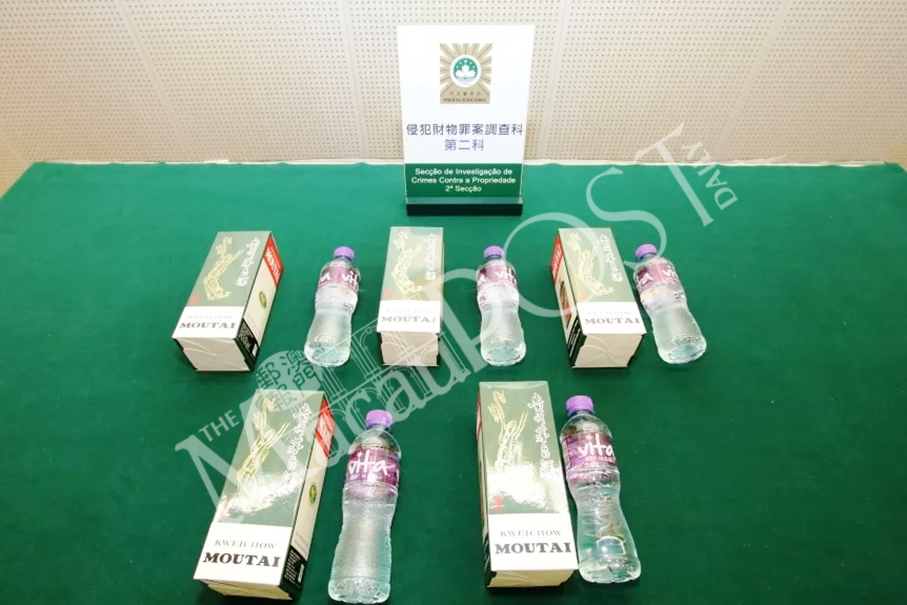Secretary for Transport and Public Works Raimundo do Rosario said yesterday he does not believe that the bus terminal at the Barrier Gate border checkpoint will become a comfortable station after its renovation to improve its ventilation and other facilities, because of the rising number of bus passengers and the fact that its size will remain unchanged.
Rosario made the remarks while speaking to reporters after attending the opening ceremony of an exhibition at the Carmo Post Office in Taipa.
The Transport Bureau (DSAT) announced in a press conference on Monday that the government will undertake major work to improve the ventilation in the underground bus terminal at the Barrier Gate checkpoint while carrying out repairs to the equipment and facilities damaged by the severe flooding caused by Super Typhoon Hato last month.
The bureau said during the press conference that the government expected the terminal to be partially operational in the second quarter of 2019 at the earliest.
The terminal was severely damaged by floodwaters during the Hato onslaught on August 23. Since then the terminal has been out of operation, much to the chagrin of residents and visitors.
The government has said that all the equipment in the terminal, including its electricity supply, air-conditioning system, ventilation system, fire services installations as well as lifts and escalators were severely damaged.
Residents and civic leaders had frequently been complaining about the poor ventilation in the terminal since it opened in 2004. According to previous media reports, the health of bus passengers and those working in the terminal was affected by the poor ventilation, manly in the sultry summer months.
The bureau said during Monday’s press conference that even before Hato the government had been planning to carry out major
work to improve the ventilation in the terminal and that the detailed design had been completed before the Hato onslaught.
The bureau also said during the press conference that in the wake of the severe floods caused by Hato, the government had decided to revise the initial design plan, including relocating the electrical and mechanical facilities above the ground.
Speaking to reporters yesterday, Rosario said that due to the constraints, namely the size of the terminal and the rising number of bus passengers, the terminal “can never be ideal”.
Rosario said that after the Hato disaster the government had initially also considered the option to just carry out basic repairs to the damaged equipment and facilities and reopen the terminal more quickly and that afterwards the major work would have been carried out while the terminal was operational.
Rosario said that finally the government instead decided that the terminal remain closed while repairs and major improvement work are being carried out, adding that the decision would make it easier for the revamp to go ahead.
However, Rosario said that residents could not expect the revamped bus terminal to be a very good and comfortable one. He was quick to add that the revamped terminal would be surely better than the previous one – before Hato hit Macau.
Rosario said that after the bus terminal has been renovated, some passengers waiting areas will be enclosed and have air conditioning, but that there will be no air conditioning in some other waiting areas.
“The number of bus passengers keeps rising while the size of the terminal remains unchanged, which means there are always some constraints…It’s not like a new bus terminal is being constructed on a plot of land,” Rosario said.
This photo taken yesterday shows the Hato flood-damaged Barrier Gate underground bus terminal. Photo: Tony Wong







